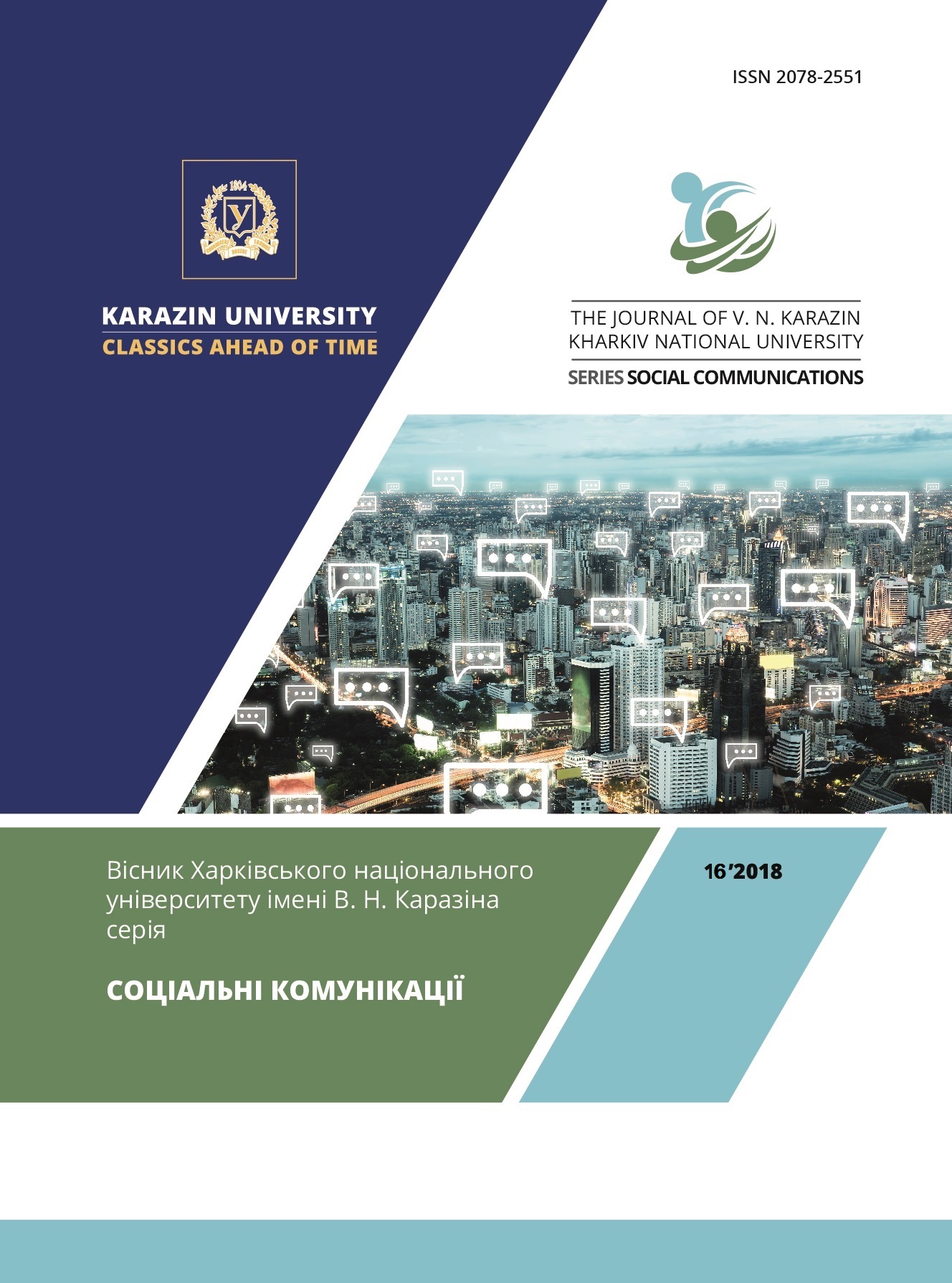Образ паралімпійців у сучасному креолізованому медіатексті
Анотація
У статті показано, що креолізовані матеріали широко представлені в мережі Інтернет і активно використовуються засобами масової інформації та комунікації. Доведено, що креолізовані тексти комплексно впливають на сприйняття людиною інформації. Встановлено, що велика кількість креолізованих матеріалів висвітлюють змагання на Паралімпіадах і суттєво впливають на формування громадської думки щодо образу людини з інвалідністю. Проаналізовано креолізовані медіатексти соціальної мережі Facebook та низки відомих українських засобів масової інформації, у результаті чого з’ясовано, що найчастіше вони мають часткову креолізацію, текст невідривно пов’язаний із фото і становить єдине ціле, рівноцінними є ілюстрації, які використовуються в текстах, де певна частина інформації передається переважно іконічними засобами. Встановлено, які функції виконують такі зображення в креолізованому медіатексті: до основних належать атрактивна, інформативна, експресивна, емотивна, символічна, ілюстративна, функція створення іміджу зображення. Вербальний та іконічний елемент позитивно впливають на реципієнта і формують у його свідомості образ людини з інвалідністю, яка є сильною, витривалою і, незважаючи на всі життєві негаразди, завжди перемагає.




